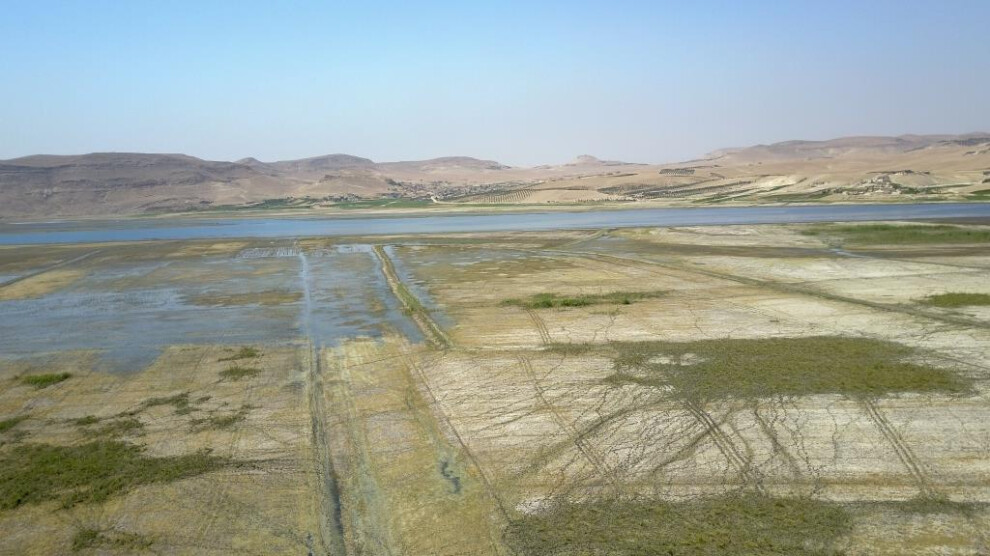GREEN CAPITALI$M
Climate tech is getting broader and narrower at the same time, here’s why

A small painted rock left under a tree reads "There is no planet B" during a Climate Strike walkout and march in Seattle, Washington, US September 20, 2019. (File photo: Reuters)
Bloomberg
Published: 27 October ,2022
Last week, TechCrunch held its annual Disrupt conference, which culminates in a “startup battlefield.”
This year, the winner was a lithium extraction startup. Three of the other five finalists were also climate- or environment-oriented, focusing respectively on plastic decomposition, green hydrogen and outdoor work robots. The preponderance of climate-focused companies is striking, as is the breadth of their approaches.
It’s not just startup competition leaderboards. This is a busy moment for every level of climate capital, from early-stage venture capital to multibillion-dollar infrastructure. And the funding available for climate-oriented businesses and projects, whether VC or government-sponsored loans, is expanding. New capital, new investors and newly coalesced expertise will create a much bigger climate technology market and allow for more precise targeting of opportunities.
In a sense, any technology that increases the efficiency of an economic activity could be considered climate tech, since greater efficiency leads to less consumption and with it, lower emissions per unit of output. But companies seeking investment should have a fine-grained understanding of their climate impact. Likewise, investors should have a topline goal of emissions reductions and climate improvement, from their portfolio companies individually and as an investment portfolio.
The narrowing trend comes from increasingly specialized investors.
One such new fund is Convective Capital, which raised $35 million to focus solely on wildfires. Another is Propeller, which raised $100 million for ocean-based climate investments.
Lowercarbon Capital, already a very active climate investor, has raised a new $250 million fund expressly for nuclear fusion startups. There is also Singapore-based Circulate Capital, which manages $165 million across several funds to invest “at the nexus” of climate technology, plastic recycling, and the circular economy.
At the same time, there is also a proliferation of very large infrastructure funds with a climate focus. In July, Brookfield closed its $15 billion Global Transition Fund, which exceeded its initial hard cap on funds raised and was still oversubscribed. Copenhagen Infrastructure Partners is targeting a similarly large fund next year.
Then there are government entities, such as the US Department of Energy Loan Programs Office and its $300 billion-plus funding capability, and multilateral institutional efforts including the $11.3 billion Green Climate Fund.
We will need trillions of dollars of annual investment to decarbonize the global economy over the next three decades, and while the funds to do so are not yet allocated, the structures are emerging.
Any technology investment with a tight focus on decarbonization should qualify as climate tech, but it needs rigorous specification. That means an investment needs a specific, climate-first sector and market focus. It means drawing on climate-specific investor experience and expertise. It also means having a clear fit to climate-focused funds across different investment stages, risk appetites and investment durations. And it requires a clear statement of intended emissions reductions per unit of economic activity.
Qualification in this fashion is a feature, not a bug, of an expanding market. It creates a climate investor landscape that simultaneously includes early-stage funds focused purely on one climate challenge; expert operators with decades of climate experience; and multibillion-dollar funds that only deploy in hundred-million-dollar chunks. (I am part of this world too through Voyager Ventures, whose founding partners have three decades of climate investing policymaking and company formation between them.)
This landscape, as it evolves, will allow businesses to move from startup to government-sponsored de-risking to maturity through an informed, attuned sequence of capital allocators. Climate investment capital will grow to fund everything from two students with a PowerPoint deck to the world’s biggest infrastructure projects.
For climate entrepreneurs, the funding universe is becoming both bigger and more specific. For climate investors, the market is expanding to new sectors and increasing in scale. This is a good thing — it just means that those raising funds, and investing them, will need to be climate-specific as well as climate-focused.
































